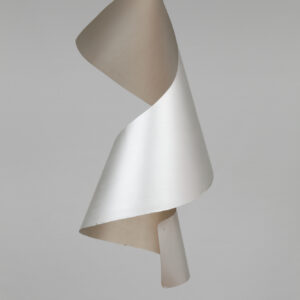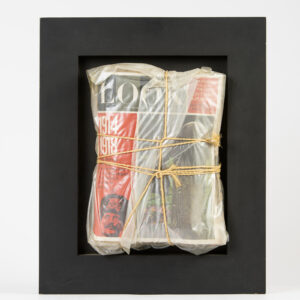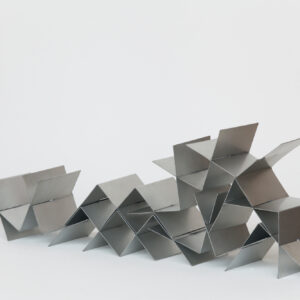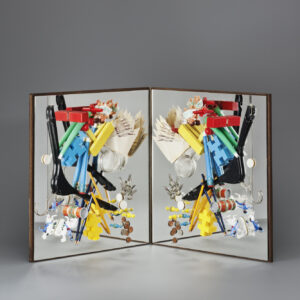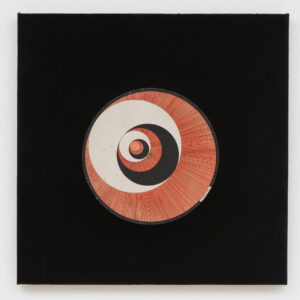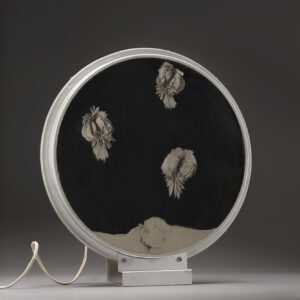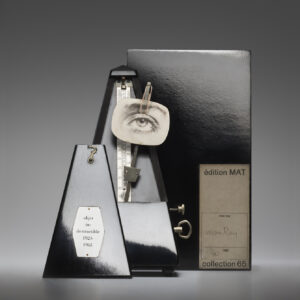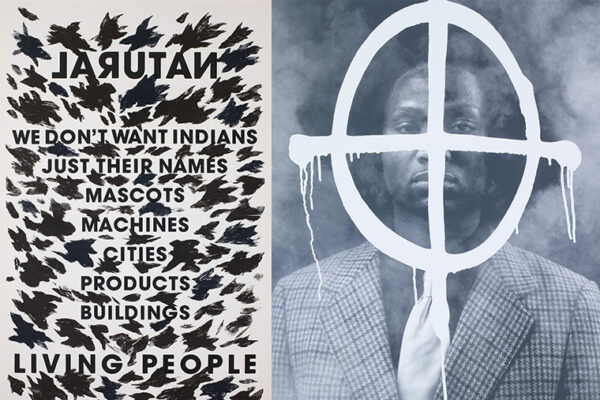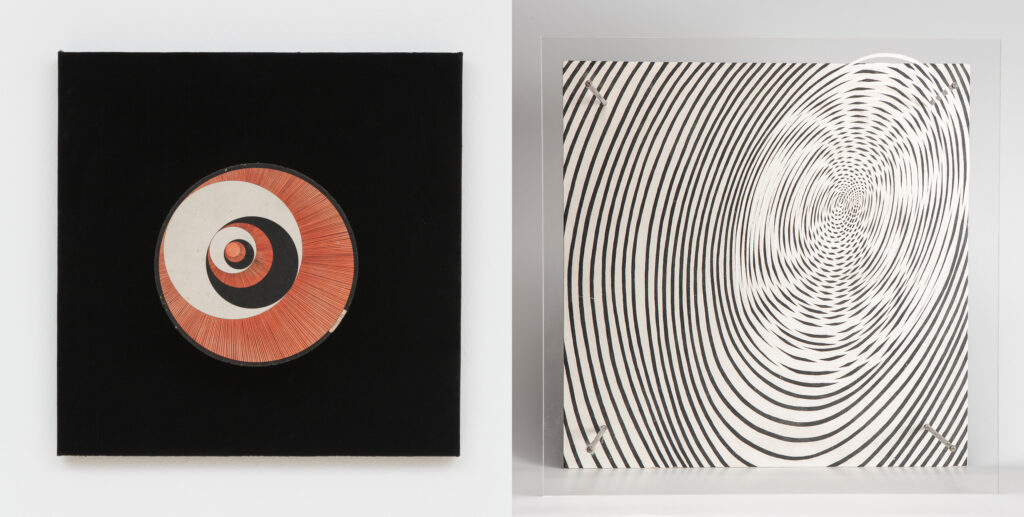
The Duchamps spin, the Sotos vibrate, the Tinguelys shake so rapidly their forms appear to dissolve.
In the late 1950s and early 1960s, the Swiss-Romanian artist Daniel Spoerri recruited dozens of leading artists to create and edition nearly 50 transformable artworks as multiples — a term Spoerri helped to coin. He did so under the auspices of Edition MAT (multiplication d’art transformable), the first series of multiples to be produced and widely distributed in the post-World War II period.

This spring, the Mildred Lane Kemper Art Museum at Washington University in St. Louis will present “Multiplied: Edition MAT and the Transformable Work of Art, 1959-1965” the first major U.S. exhibition to survey the entirety of Spoerri’s pioneering project. Drawn from public and private collections across the United States and Europe, “Multiplied” includes at least one example of each Edition MAT work, and often several examples, totaling more than 100 objects. Together, these works reveal not only the history of a unique body of work, but the broader trajectory and significance of the multiple across the 1960s and beyond.
While artists have long editioned artworks — from prints, to artist books, to bronzes — Spoerri’s innovation was to extend that sense of reproducibility to sculptural objects placing a radical new focus on movement and changeability. Drawing contributors from the fields of kinetic and Op art, Edition MAT included an array of artworks (at inexpensive prices) that could be optically, mechanically, or physically shifted, repositioned or otherwise manipulated.
“Multiplied” is organized chronologically, reflecting the three principle “collections” of Edition MAT: “1959: Transformable Art,” “1964: Variations on a Theme” and “1965: Panorama of Contemporary Art.” Included are works by foundational figures such as Josef Albers, Marcel Duchamp, Man Ray and Victor Vasarely, who Spoerri brought together with contributions from then-lesser-known artists such as Yaacov Agam, Pol Bury, Heinz Mack, Dieter Roth, Jésus Rafael Soto and Jean Tinguely.
In large part spurred by Spoerri’s efforts, the multiple emerged as an international phenomenon in the mid-1960s and 1970s, serving as both art object and vehicle for democratizing art through ready distribution. Keyed to an economic and cultural context of mass production and consumption, the multiple delineated a strategic position for artists grappling with the shifting socioeconomic conditions of a rapidly expanding consumer culture in Western Europe and the United States.
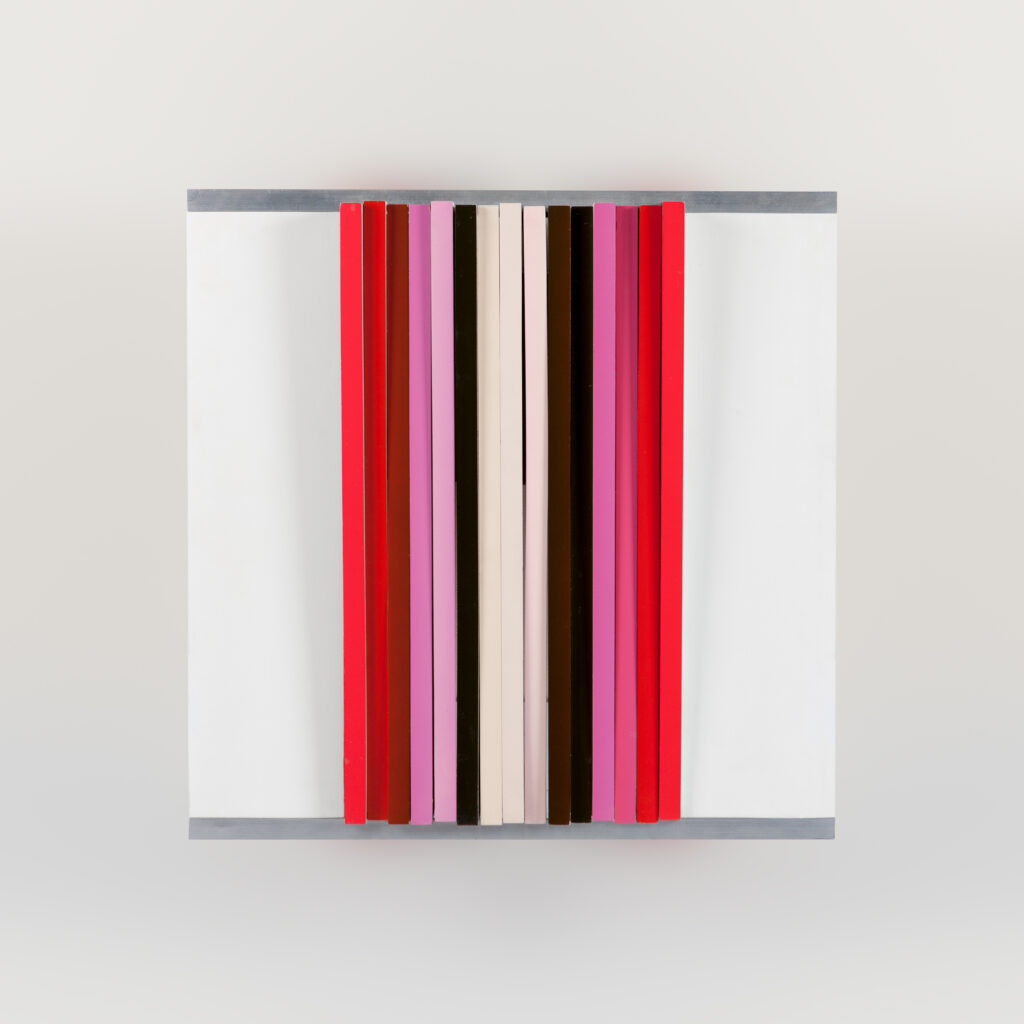
Edition MAT
Duchamp is generally credited with conceiving of the artist’s multiple (although he did not term it as such), with works such as the “Rotoreliefs” (1935) and “Boite en Valise” (1935–41). Spoerri recognized that readily distributable art forms, so integral to historical avant-gardes — from Dada and Duchamp to Constructivism to the Bauhaus — were becoming newly relevant for his contemporaries. Assuming the roles of curator, manufacturer and publisher, Spoerri codified a range of different artistic approaches and genuinely sought to expand the notion of art and its role in society by producing domestically scaled, affordable objects that encouraged viewer participation.
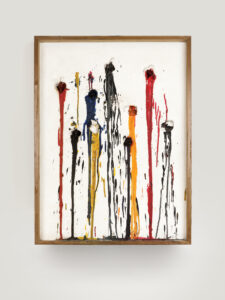
For Spoerri, what mattered was not the rareness of an object but the uniqueness of the artist’s idea. Rather than creating mere reproductions of existing artworks, Spoerri set out to produce what he called “multiplied original works,” each capable of continuous change. “As soon as an image starts changing, whether due to actual or merely apparent motion, it enters an ongoing state of transformation, making it endlessly new and different,” Spoerri wrote in “The Multiplied Work of Art” (1960). “Because it is created from movement, it allows for multiplication at all times.”
Read more: About Daniel Spoerri
Movement was achieved in one of three ways. Several Edition MAT contributors, including Duchamp, Davide Boriani, Bury and Tinguely, generated movement in their works with the aid of small electric motors. Others, such as Man Ray and Dieter Roth, harnessed air currents or encouraged viewers to touch and alter their works, while artists like Albers, Roy Lichtenstein, Julio Le Parc and Soto relied on the viewer’s own shifting perceptions to foster a sense of optical vibration.
Karl Gerstner, a Swiss graphic designer and artist who contributed to all three series of Edition MAT, and who co-edited the 1964 and 1965 collections, believed wholeheartedly in the future of the multiple. The very excesses of consumer society, Gerstner argued in a 1970 interview, lead to “a strong need for art. And once you realize this, it becomes rather obvious that the multiple is in its early stages right now.”
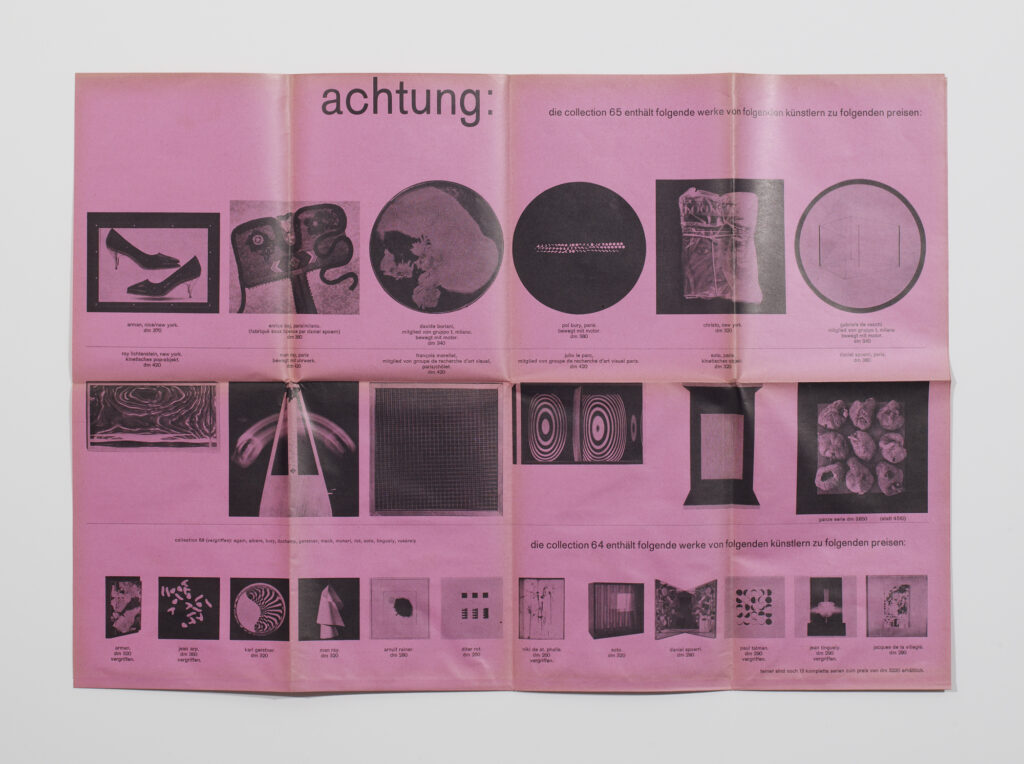
Yet for all their democratic ideals and formal experimentation, the three series of Edition MAT also chart a commercial shift, as the multiple evolved from an artist-driven concept to a flourishing market strategy. Despite Spoerri’s anti-elitist stance, it was ultimately through more conventional gallery and museum systems that Edition MAT was able to achieve recognition and financial success.
“Edition MAT represents a pivotal moment in postwar art history,” said exhibition curator Meredith Malone, associate curator of the Kemper Art Museum. “It offers a historical snapshot of an impressive cross-section of artists associated with then emergent experimental practices, including Zero, Fluxus, Nouvelle Tendance, and Nouveau Réalisme.
“At the same time, it exists as an invaluable instrument for investigating the commercial character of art,” Malone said, “exposing the relations of cultural production in a market economy not through negation but through enactment. The transformable objects of Edition MAT befit and belie the positive self-image of triumphant postwar industrialized economies, highlighting the aspirations as well as the uncertainties associated with a world of unprecedented abundance, choice and obsolescence.”
“Multiplied: Edition MAT and the Transformable Work of Art, 1959-1965” opens at the Kemper Art Museum with a public reception from 7-9 p.m. Friday, Feb. 7, 2020, and remains on view through April 19, 2020. The exhibition then travels to the Bechtler Museum of Modern Art, Charlotte, North Carolina, May 22 through Sept. 13, 2020.
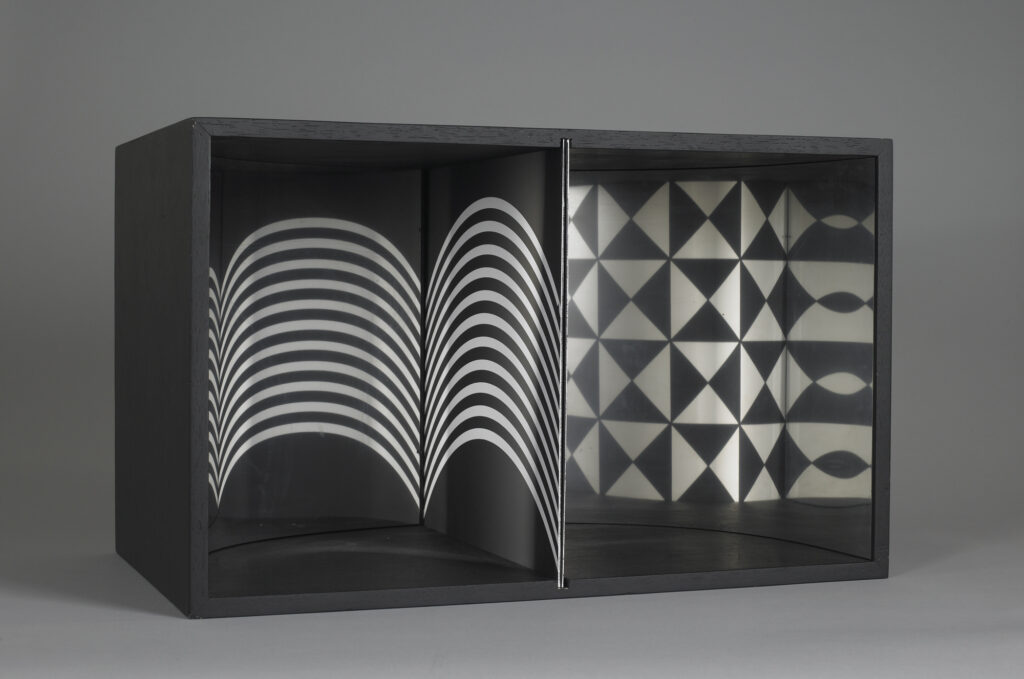
Publication
A fully illustrated catalog of the exhibition details the genesis of Edition MAT and its signature role in the rise of the multiple in post-World War II society. The first major English-language scholarship on this project, this publication includes three essays, extended entries on each artist, and a selection of key primary source texts, many translated into English for the first time. It is co-published with Hirmer and distributed nationally and internationally in association with the University of Chicago Press.
Exhibition Support
Lead support for “Multiplied: Edition MAT and the Transformable Work of Art, 1959-1965” was provided by the William T. Kemper Foundation. Additional generous support was provided by the Andy Warhol Foundation for the Visual Arts; the Hortense Lewin Art Fund; the National Endowment for the Arts; the Swiss Arts Council Pro Helvetia; Emily and Teddy Greenspan; Elissa and Paul Cahn; Nancy and Ken Kranzberg; the David Woods Kemper Memorial Foundation; and members of the Mildred Lane Kemper Art Museum. Lead support for the exhibition catalog was provided by the Carl & Marilynn Thoma Foundation.
Mildred Lane Kemper Art Museum
The Kemper Art Museum is located on Washington University’s Danforth Campus, near the intersection of Skinker and Lindell boulevards. Visitor parking is available in the Washington University’s East End Garage, which can be entered from Forsyth Boulevard or Forest Park Parkway.
Regular hours are 11 a.m.-5 p.m. Mondays and Wednesdays through Sundays. The museum is closed Tuesdays. For more information, call 314-935-4523; visit kemperartmuseum.wustl.edu; or follow the museum on Facebook, Instagram and Twitter.
The Mildred Lane Kemper Art Museum, part of the Sam Fox School of Design & Visual Arts at Washington University in St. Louis, is committed to preserving and developing its art collection and continuing its legacy of collecting significant art of the time; providing excellence in art historical scholarship, education, and exhibition; inspiring social and intellectual inquiry into the connections between art and contemporary life; and engaging audiences on campus, in the local community, across the nation, and worldwide.
